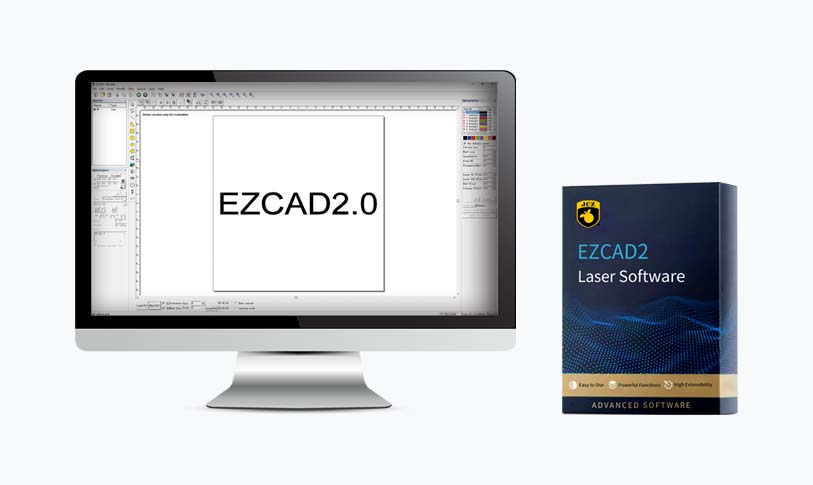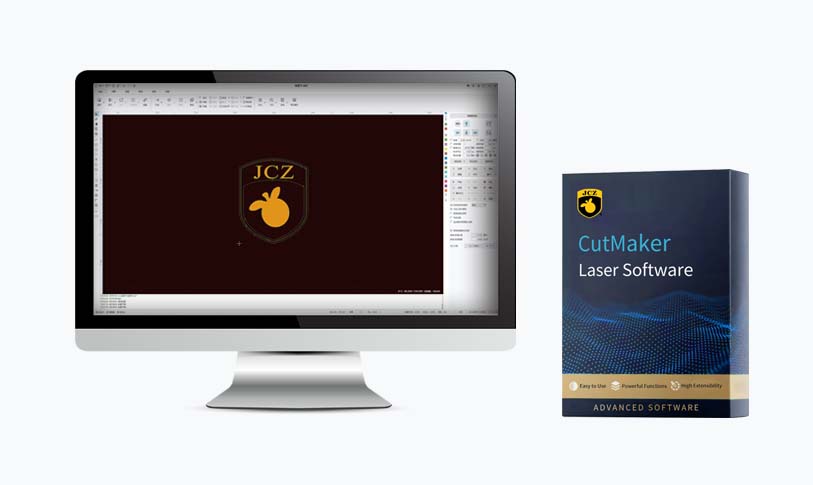Lasers have revolutionized multiple sectors, including healthcare, manufacturing, and telecommunications, among others. One of the most fascinating and versatile types of lasers is the 355nm laser, which operates in the ultraviolet (UV) range of the electromagnetic spectrum. This wavelength, situated in the UV-A category, has opened up numerous applications in various fields due to its unique properties and capabilities. The versatility of the 355nm laser lies primarily in its ability to produce high precision effects, which is particularly beneficial in industries such as scientific research, medical procedures, and materials processing.
The 355nm laser is often generated by the third harmonic generation of a neodymium-based laser, which makes it an efficient source of UV light. This laser is particularly prized in scientific research for its precision and ability to excite specific molecular structures. For example, its application in molecular spectroscopy allows scientists to study the absorption and emission properties of various compounds, thereby unlocking new insights in chemical analysis and environmental monitoring.
In the medical field, the 355nm laser is utilized in various exciting applications, particularly in dermatology and ophthalmology. Its precise wavelength allows for targeted treatment of certain skin conditions like psoriasis and eczema, as well as the removal of tattoos or unwanted hair. The ability to selectively absorb pigments in the skin while minimizing damage to surrounding tissues makes the 355nm laser a reliable tool for dermatologists. Additionally, in ophthalmology, it is utilized in procedures like photocoagulation, where it helps in treating conditions related to the retina, providing patients with better outcomes and faster recovery times.

Exploring the Versatile Applications and Cutting-Edge Technologies of the 355nm Laser in Various Industries
Beyond healthcare, the manufacturing industry benefits significantly from the precision of the 355nm laser. In microfabrication, where components are often on a microscopic scale, the ability to carve intricate designs with high precision is crucial. The 355nm laser can engrave, drill, or cut materials such as glass, metals, or polymers with remarkable accuracy, resulting in clean edges and minimal waste. This efficiency not only decreases production costs but also contributes to a more sustainable approach to manufacturing.

Exploring the Versatile Applications and Cutting-Edge Technologies of the 355nm Laser in Various Industries
Moreover, the 355nm laser plays an essential role in the advancement of semiconductor technology. As electronic components have become increasingly miniaturized, the need for advanced manufacturing techniques that can work at a micro or nano-scale has arisen. The precise material removal and patterning capabilities of a 355nm laser are ideal for creating intricate circuit designs, thereby facilitating the production of high-performance electronic devices.
The security and authentication sectors have also begun leveraging the attributes of the 355nm laser. Hong Kong security printers, for example, employ this laser for creating intricate holograms and watermarks, significantly improving the security of sensitive documents such as passports and banknotes. The high resolution and capability for fine details offered by the 355nm laser enable the production of anti-counterfeiting measures that are difficult to replicate.
In research and development, the 355nm laser finds valuable use in the field of photochemistry. The excitation of chemical reactions through laser light can lead to the generation of new compounds or the exploration of reaction pathways. This allows researchers to better understand various chemical processes, leading to advancements in pharmaceuticals and materials science.
Despite its many benefits, working with lasers, particularly in the UV range, requires strict safety precautions. The 355nm laser, while it offers immense potential across various applications, poses risks such as skin burns and eye damage due to its high energy levels. Proper training and equipment are essential to ensure both operators and subjects remain safe during procedures involving this powerful tool.

Exploring the Versatile Applications and Cutting-Edge Technologies of the 355nm Laser in Various Industries
In conclusion, the 355nm laser serves as a pivotal instrument across a broad spectrum of applications, ranging from medical treatments and manufacturing innovations to advanced scientific research. Its ability to perform tasks with high precision makes it an invaluable asset in today’s technologically driven world. As industries continue to evolve and demand greater efficiency and accuracy, the role of the 355nm laser is poised to expand, solidifying its position as a key player in various fields. The ongoing exploration of its capabilities promises even more groundbreaking developments in the years to come.fractional co2 laser treatment
